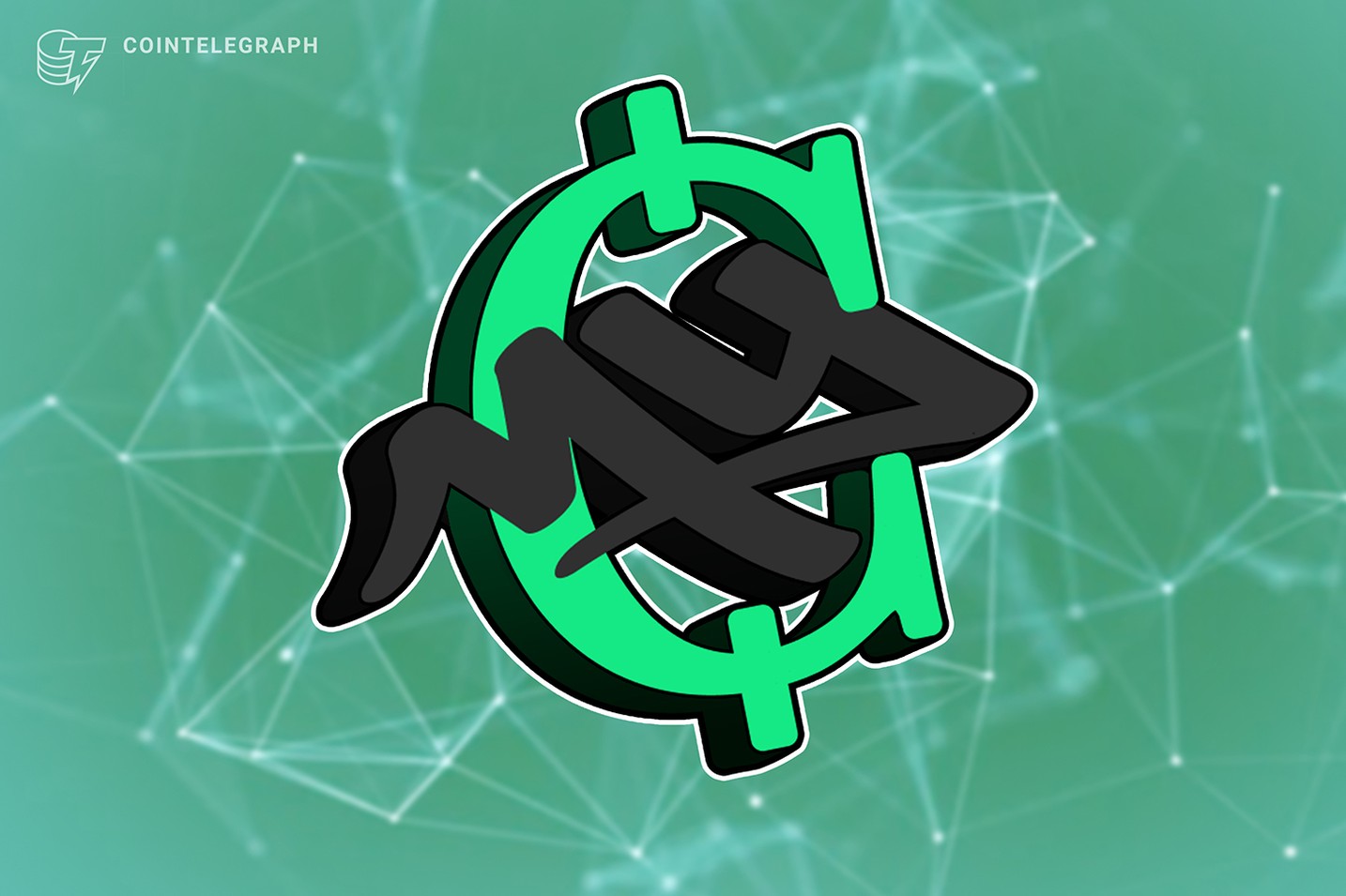The Litentry blockchain provides identity aggregation mechanisms in a privacy-preserving way, which opens a new door for the industry and enables developers to build new identity-focus products. We have already seen different teams building awesome products based on the protocol. That’s why we have the DID Startups Program, which will continuously onboards amazing teams that add value to LIT and the Litentry blockchain. This article explains how DApps and use cases being built by Litentry and partners will leverage the functionalities of Litentry blockchain.
Polkadot name system (public profile)
The PNS(Polkadot Name System) team is among the first batch of the DID Startups Program. What they are building is far more than a database of public readable names. They provide an open, decentralized domain name system in Web3.
With PNS, every user can have their on-chain unique name and resolve to their wallet account, smart contract address, nonfungible token (NFT), URL or IPFS address. PNS is the universal passport of the Web3 ecosystem. Before long, PNS will be onboarded to the Litentry parachain and will use Litentry as the main registrar entry. In the future, PNS will use Litentry’s identity linking feature to index the public data into the domain name, with the private name reserved in Litentry’s TEE side chain.
As a bonus for all Litentry crowdloan participants, each person who contributes more than 10 DOTs now can register a free name (for one year) on PNS’s prelaunch page.
MyCryptoProfile (social interaction)
MyCryptoProfile, or MCP, aims to connect social platforms to the Metaverse after MCP is published this August. We see giant players like Twitter and Discord officially experimenting with the integration of identity and NFTs in their products.
Based on Litentry’s cross-chain identity protocol, MCP could go further with the vision. It has unique features for users to discover another identity in the Web3 space. In the future, MCP will keep exploring the interactions with on-chain identity, and make use of the NFT module because an identity could be regarded as a collection of NFTs.
Web3Go (credit computing)
A cross-chain identity facilitates a more sophisticated on-chain profile as we see in the PNS or MCP. We believe the on-chain data related to identity will drive a big market. So we have internally incubated a professional data analytics team in our DID Startups Program; namely, Web3Go. The team has won three awards at the Wanxiang/Web3 Foundation Hackathon in Shanghai recently, including Second Prize overall, a Special Prize awarded by the Web3 Foundation, and the Most Promising Development Prize by Moonbeam Network. The team created an open data platform to analyze the on-chain data with multiple metrics, the research covered by the Polkadot/Kusama crowdloans, Karura collateralized debt positions (CDPs) and Moonriver’s staking data.
As for now, only the information of a single address is calculated. In the future, more sophisticated identity-related information could be generated by any aggregated identity on Litentry with the consumption of LIT. And the data provider information will also be recorded in the Litentry Network.
Polka sign in (identity interoperability)
The Litentry team is also working on the single sign-in possibility with PolkaSignIn. With this feature enabled, users could log in to any Web2 or Web3 service without the hassle of remembering the password, or saving browsing information in centralized services. Imagine the “Login with Litentry account” together with “Login with Google account” on the login page. Proxy accounts on any network could be generated without any trouble. That means we could gain interoperability across networks and applications.
In this part, I have listed some of the internal and external products that we are building. The on-chain transactions involved will all be based on the identity aggregation protocol on the Litentry Network, which means LIT will be used.
A decentralized airdrop platform
As the industry now makes more frequent airdrops to reward loyal users and crowdloan participants, we note that different projects are awarding bonuses to the contributors. But the validation and contribution methods proceed in a centralized way and face multiple obstacles like transparency, the token claim fee, a one-time distribution, etc. We want to change this situation and provide a fully-decentralized and cross-chain airdrop platform for projects to use.
DApps empower the Web3.0 ecosystem with an innovative TaskFi platform. A user needs to complete the tasks, and the user could claim the reward after the tasks are completed.
Litentry Crowdloan would be the first use case, as we have 10% extra DID-related tasks. We will provide the related tasks on this DApp and allow users to claim them after they are finished. In addition, the token is distributed with on-chain vesting; the LIT needs to be staked as a prerequisite to getting the reward unlocked. With the combination of identity-related tasks and airdrop, we let users realize the value of ones’ on-chain identity.

